Dive into the world of expeditionary connectors with our comprehensive guide. From military to commercial applications, these robust connectors are the unsung heroes, ensuring reliable and secure connections in the harshest environments. Whether you’re a seasoned professional or a curious novice, this guide will unravel the intricacies of different types of expeditionary connectors, their uses, and the stringent standards they meet. Join us as we explore the fascinating world of these vital components.
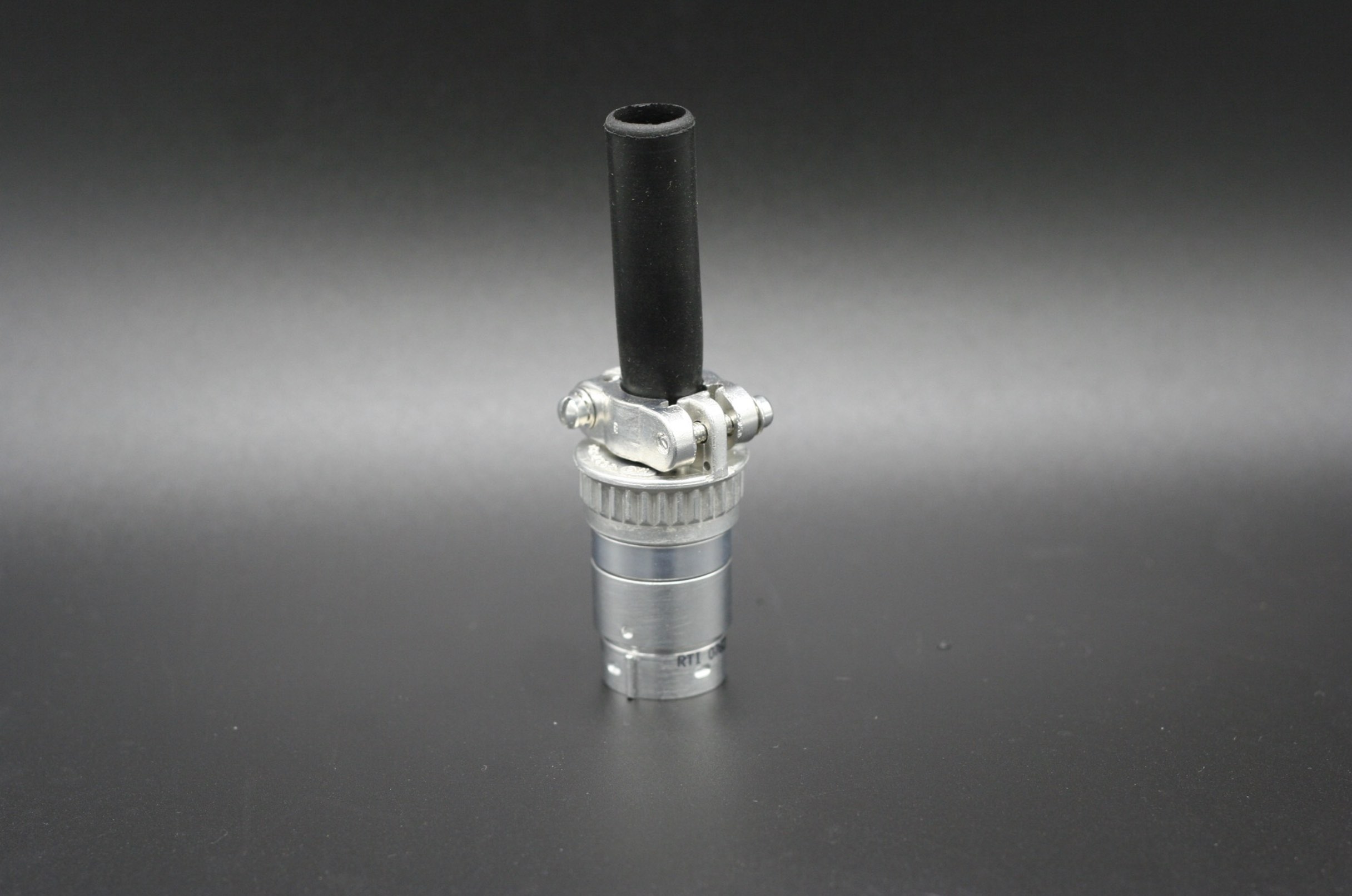
In the world of advanced technology, the term “expeditionary connector” often surfaces, especially in discussions involving harsh environments. But what exactly makes a connector expeditionary? An expeditionary connector is a specialized connector meticulously designed to withstand the most severe conditions imaginable. Industries such as military, aerospace, and others that operate in extreme environments often employ these connectors. They can endure extreme temperatures, intense vibrations, and other harsh conditions, making them a crucial component in these industries.
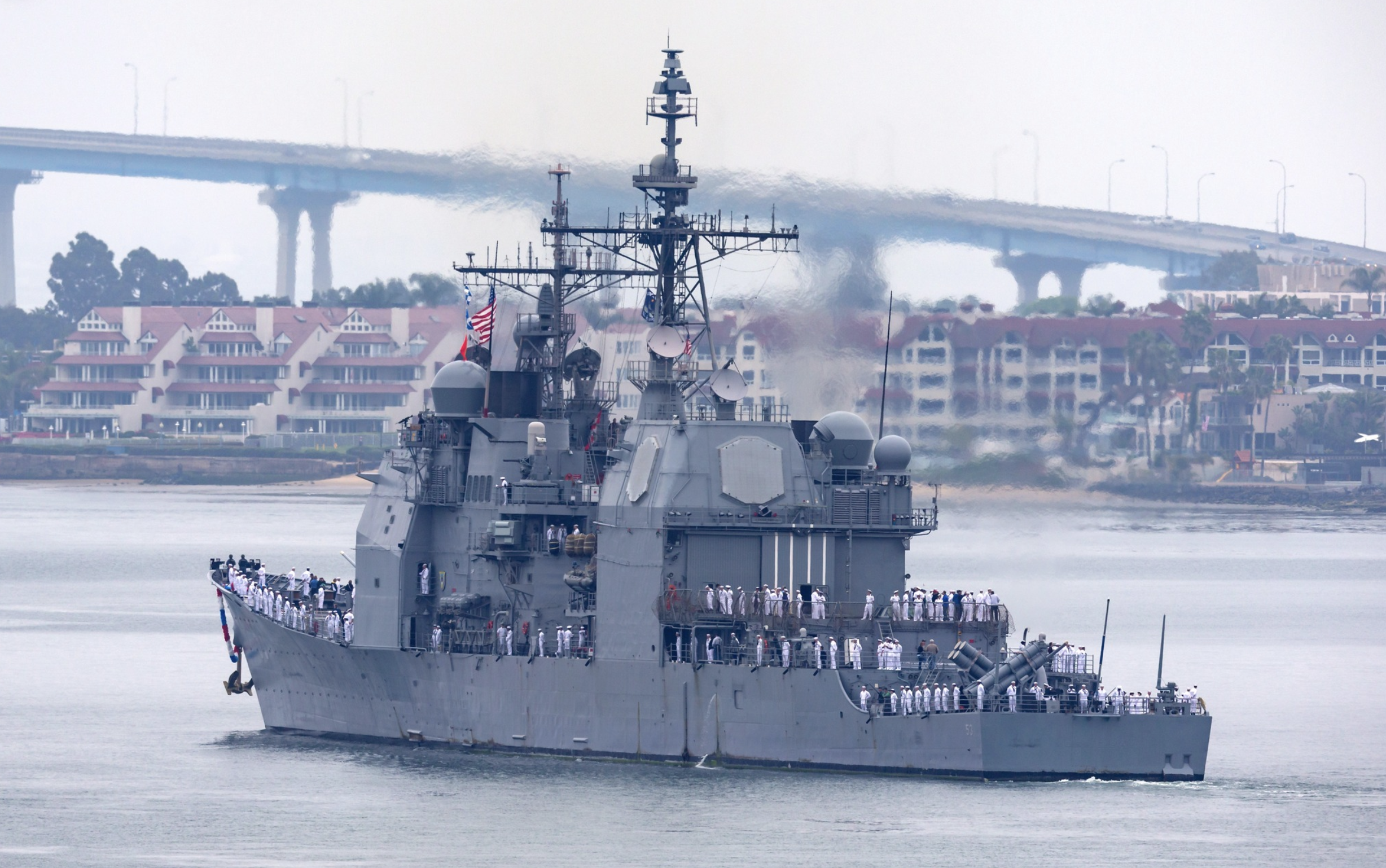
Delving into the realm of expeditionary connectors, we encounter Class L Military Connectors, also known as MS connectors. These connectors are a staple in various military applications, designed to meet the stringent requirements of MIL-DTL-22992. They come in a wide variety of sizes and configurations, catering to a wide range of needs.
Class L Military Connectors serve a vital role in connecting electrical devices in harsh environments. Their robust design allows them to withstand extreme temperatures, intense vibrations, and other severe conditions. The letter “M” in the connector’s designation signifies “military,” while the “S” stands for “sealing,” indicating their ability to maintain a secure connection even in the most challenging conditions. To ensure their reliability, Class L Military Connectors must meet the requirements of MIL-DTL-22992, a standard that specifies the performance, environmental, and mechanical requirements for these connectors.
Case Study 1: The United States Army uses Class L Military Connectors to connect electrical devices in armored vehicles. The connectors can withstand the harsh conditions of the battlefield, including extreme temperatures, vibration, and dust.
Case Study 2: The United States Navy uses Class L Military Connectors to connect electrical devices in its ships. The connectors withstand the harsh conditions of the ocean, including salt water, corrosion, and vibration.
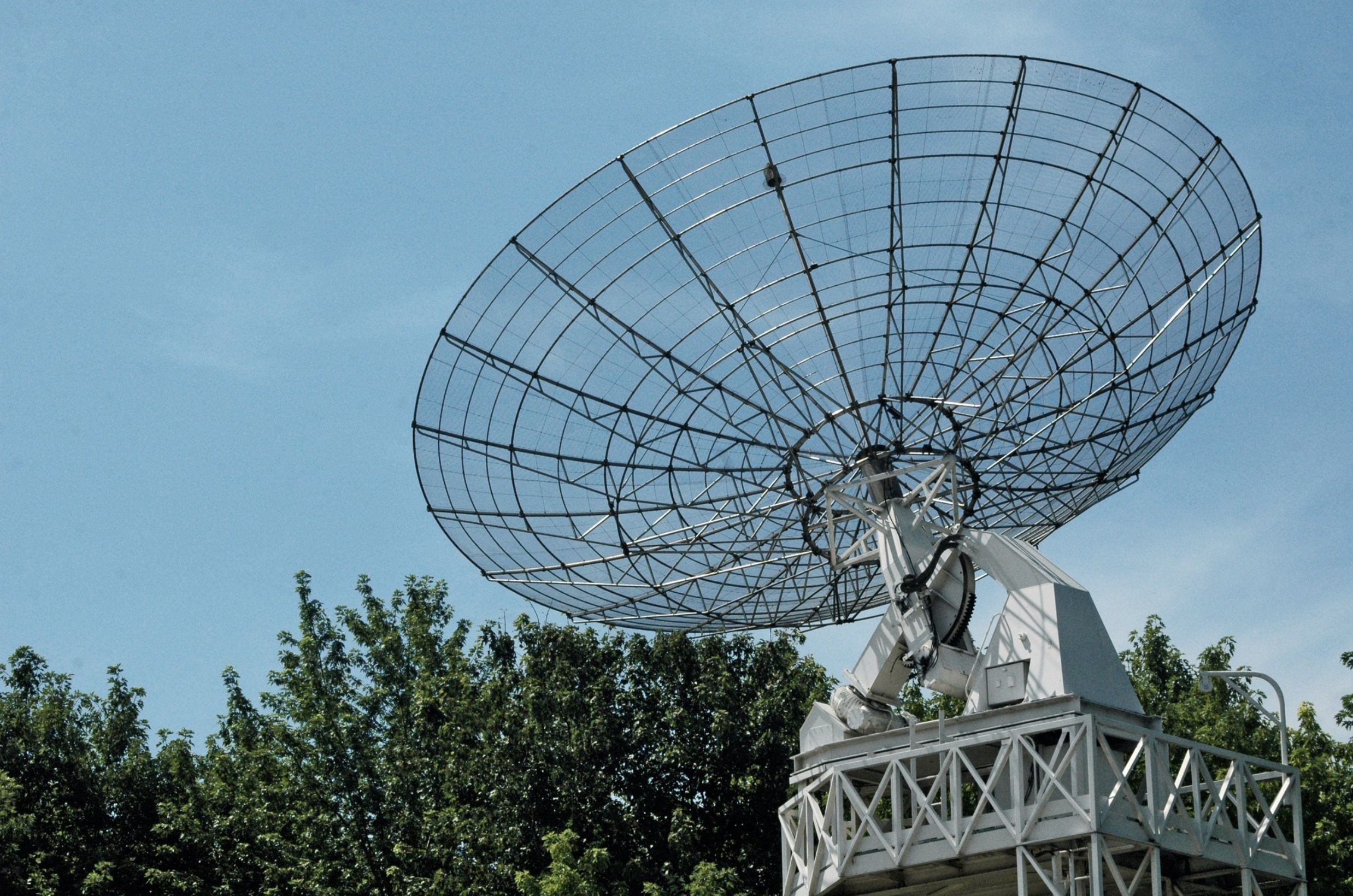
Class L Commercial Connectors, or RT connectors, are another type of expeditionary connector. These connectors find their use in a variety of commercial applications. They meet the requirements of SA81703 and are available in a wide range of sizes and configurations.
Just like their military counterparts, Class L Commercial Connectors are used to connect electrical devices in harsh environments. They can endure extreme temperatures, vibrations, and other harsh conditions. The letter “R” in the connector’s designation stands for “commercial,” while the “T” signifies “thread,” indicating the method of connection. To ensure their reliability and performance, Class L Commercial Connectors must meet the requirements of SA81703, a standard that specifies
the performance, environmental, and mechanical requirements for these connectors.
Case Study 1: The automotive industry uses Class L Commercial Connectors to connect electrical devices in its vehicles. The connectors withstand the harsh conditions of the automotive environment, including extreme temperatures, vibration, and dirt.
Case Study 2: The telecommunications industry uses Class L Commercial Connectors to connect electrical devices in its networks. The connectors withstand the harsh conditions of the telecommunications environment, including extreme temperatures, vibration, and lightning.
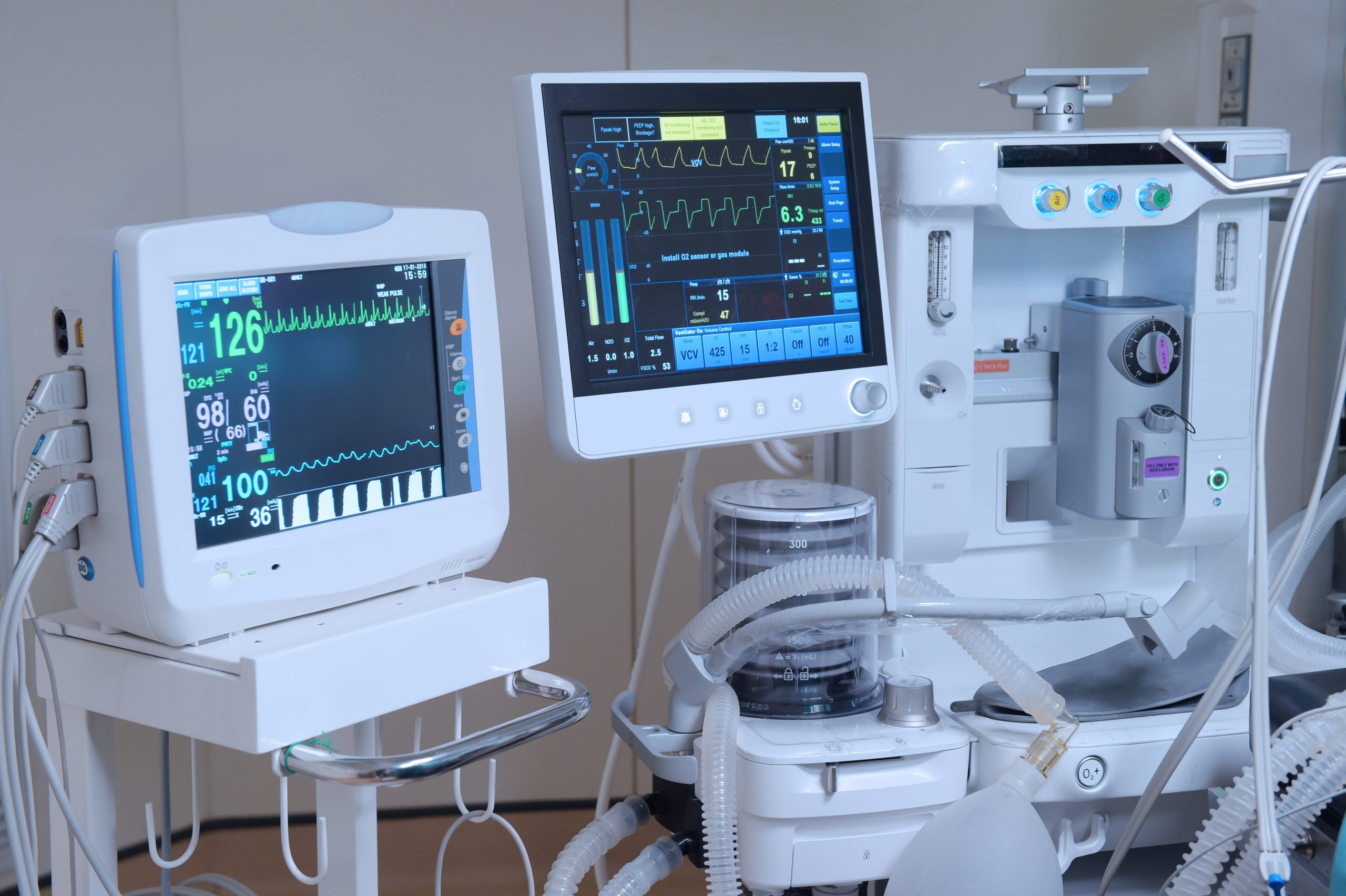
Crimp Series Connectors, or RTS connectors, are versatile expeditionary connectors. These connectors are designed to be crimped onto wires and are available in multiple sizes and configurations, making them suitable for various applications.
Crimp Series Connectors are used to connect electrical devices. Their primary function is to be crimped onto wires, providing a secure and reliable connection. The letter “S” in the connector’s designation stands for “sealing,” indicating their ability to maintain a secure connection. To ensure their reliability and performance, Crimp Series Connectors must meet the requirements of the connector’s specific application.
Case Study 1: The industrial automation industry uses Crimp Series Connectors to connect electrical devices in its machines. The connectors are designed to be crimped onto wires and are available in a variety of sizes and configurations.
Case Study 2: The medical device industry uses Crimp Series Connectors to connect electrical devices in its equipment. The connectors are designed to be sterile and are available in a variety of sizes and configurations to meet the application’s needs.
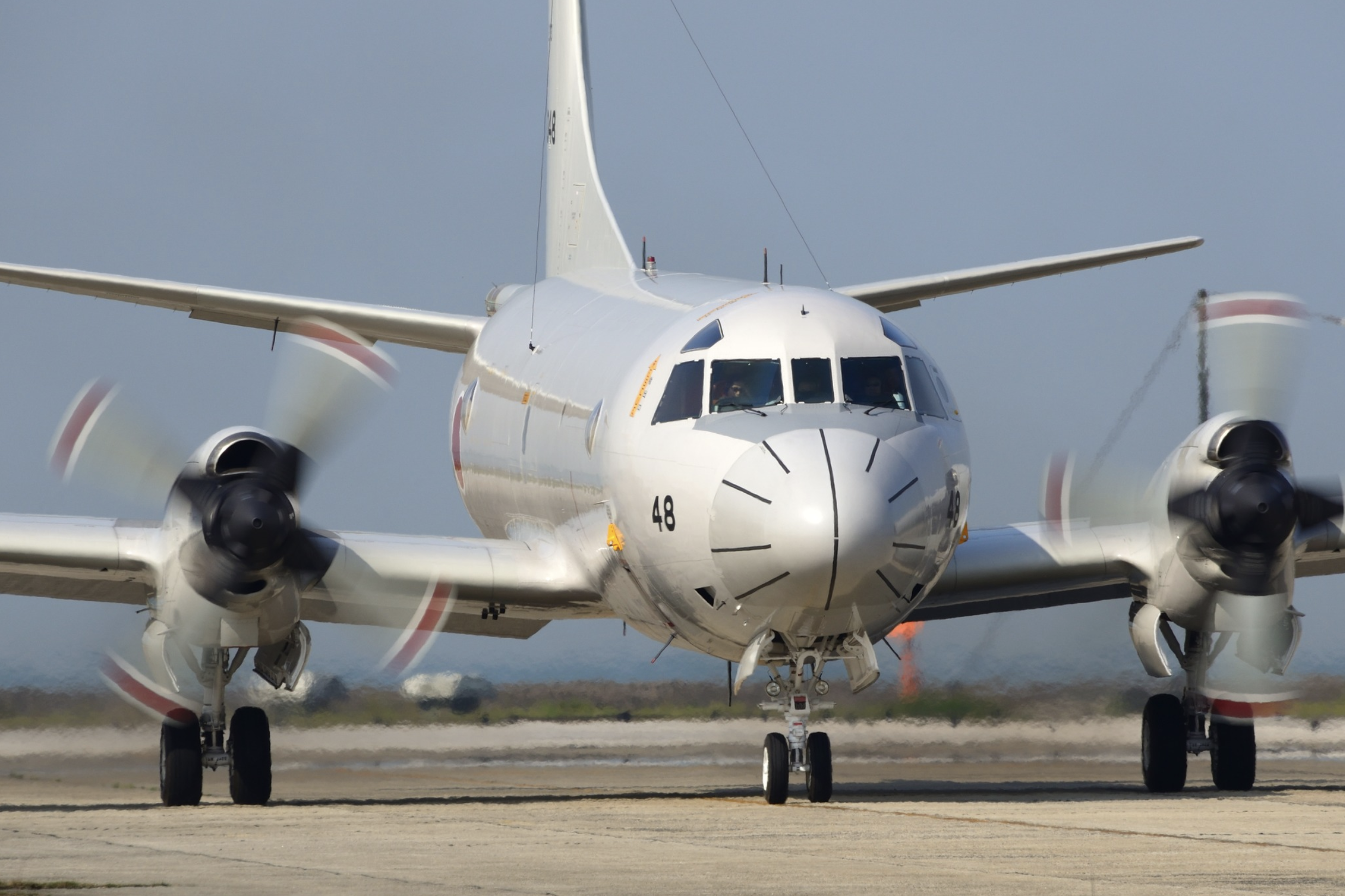
Solder Series Connectors, or RT connectors, are another type of expeditionary connector. These connectors are designed to be soldered onto wires and are available in a wide range of sizes and configurations, making them suitable for various applications.
Solder Series Connectors are used to connect electrical devices. As the name states, these connectors solder onto wires, providing a secure and reliable connection. The letter “T” in the connector’s designation stands for “thread,” indicating the connection method. To ensure their reliability and performance, Solder Series Connectors must meet the requirements of the connector’s specific application.
Case Study 1: The aerospace industry uses Solder Series Connectors to connect electrical devices in its aircraft. The connectors are designed to be soldered onto wires and are available in a variety of sizes and configurations.
Case Study 2: The renewable energy industry uses Solder Series Connectors to connect electrical devices in its solar panels and wind turbines. The connectors can withstand the harsh conditions of the outdoor environment, including extreme temperatures, vibration, and dirt.
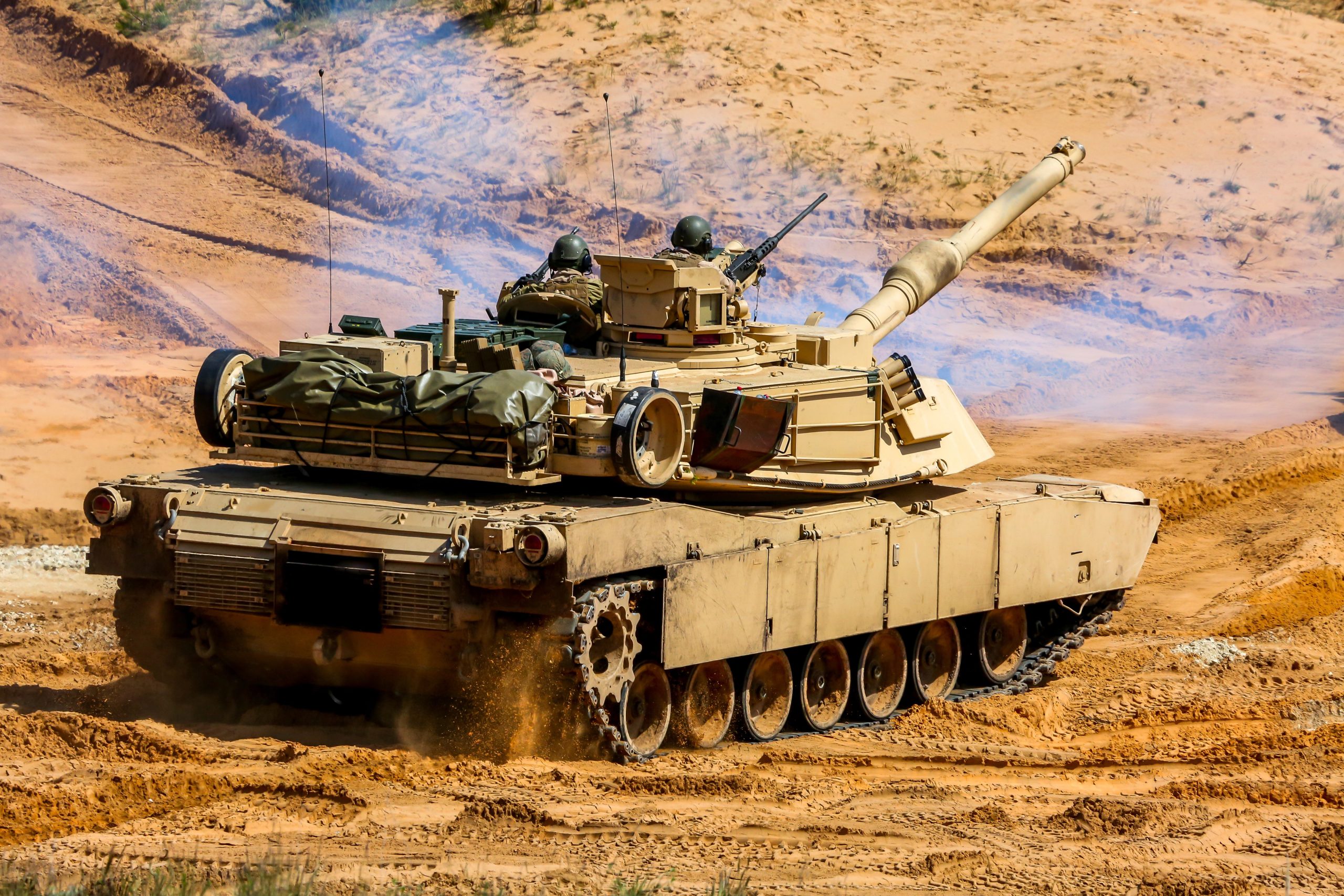
Military QPL’d connectors are a unique type of expeditionary connector that has been qualified by the United States military. These connectors have undergone rigorous testing and certification to meet the requirements of MIL-DTL-22992.
Military QPL’d connectors connect electrical devices in military applications. Like their counterparts, these connectors can withstand extreme temperatures, vibration, and other harsh conditions. The letter “Q” in the connector’s designation stands for “qualified,” indicating that these connectors have met the stringent standards set by the military. To ensure their reliability and performance, Military QPL’d connectors must meet the requirements of MIL-DTL-22992, a standard that specifies the performance, environmental, and mechanical requirements for these connectors.
Case Study 1: The United States Army uses Military QPL’d connectors to connect electrical devices in its tanks. The connectors have gone through testing and are certified to meet the requirements.
Case Study 2: The United States Navy uses Military QPL’d connectors to connect electrical devices in its submarines.
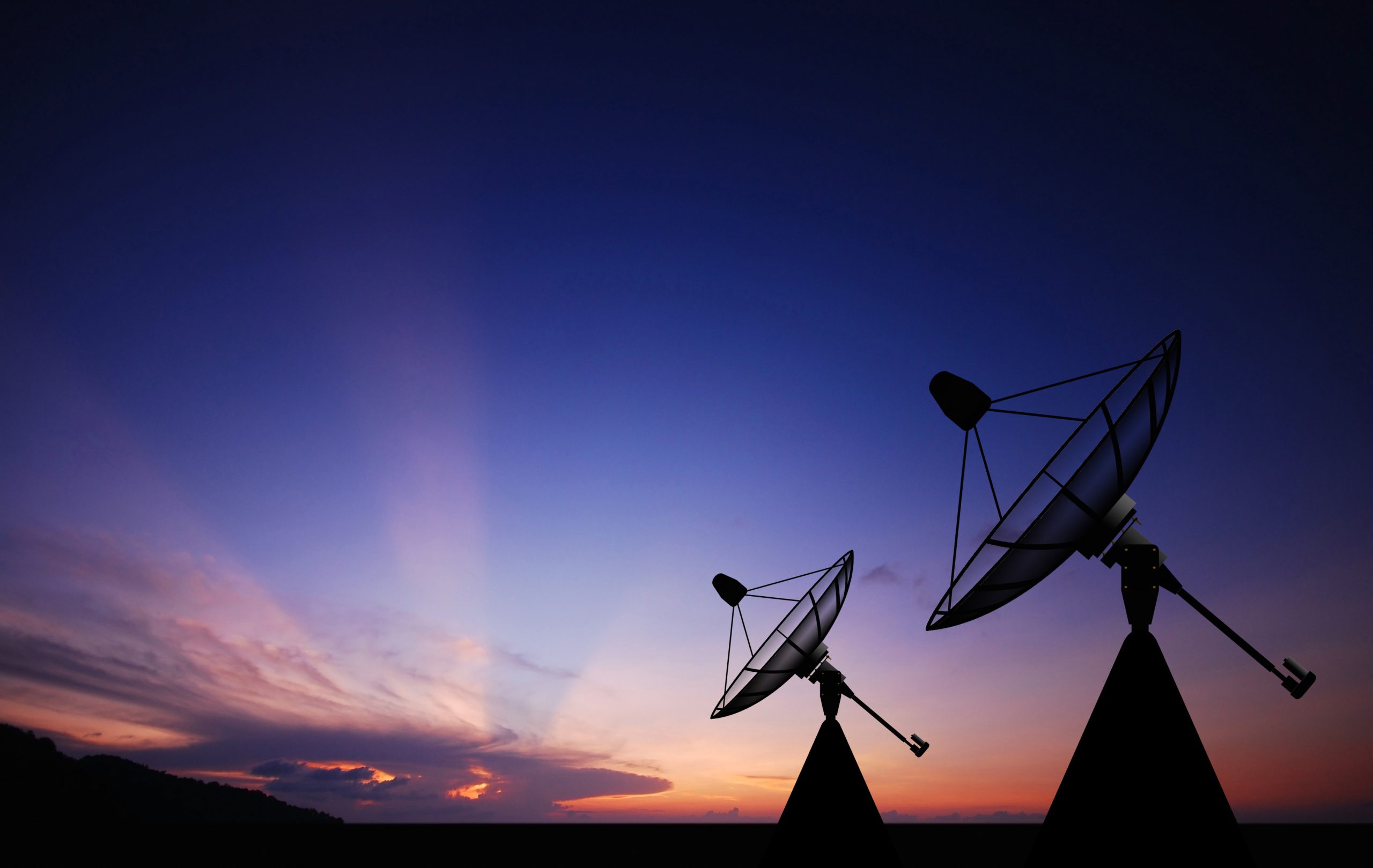
Subminiature Connectors, or RTSM connectors, are a type of expeditionary connector used in a variety of applications. These connectors are small and lightweight, making them ideal for applications where space is at a premium. They are available in a variety of sizes and configurations, catering to a wide range of needs.
The letter “M” in the connector’s designation stands for “miniature,” indicating their small size. To ensure their reliability and performance, Subminiature Connectors must meet the requirements of the connector’s specific application.
Case Study 1: The medical device industry uses Subminiature Connectors to connect electrical devices in its equipment. Their small and lightweight nature makes them ideal for not taking up too much room.
Case Study 2: The telecommunications industry uses Subminiature Connectors to connect electrical devices in its networks.
It is important to learn about these connectors because they can be used in a variety of applications and can help to ensure the reliability of your electrical systems. By understanding the different types of connectors and their applications, you can choose the correct connector for your needs and help to prevent problems down the road.
At RTI, we operate across a diverse range of industries, showcasing the versatility and robustness of our expeditionary connectors. From the demanding conditions of aerospace to the rigorous standards of the military, our connectors ensure secure and reliable connections, no matter the environment.
We also serve commercial sectors, where our connectors withstand extreme temperatures, vibrations, and other harsh conditions. Our commitment to quality and performance allows us to help you stay safe and connected, regardless of the challenges your industry presents. Join us as we continue to innovate and provide solutions that meet and exceed the needs of our diverse clientele.
Expeditionary connectors play a crucial role in various industries, especially those operating in harsh environments. Whether it’s the military, aerospace, or commercial applications, these connectors ensure reliable and secure connections, even under extreme conditions. Understanding the different types of expeditionary connectors and their specifications can help in selecting the right connector for your specific needs.
If you’d like to learn more about our cable connectors or any of our other products, you can contact us here. We are more than happy to help you with your current and future projects. Be sure to sign up for our newsletter here, so you’ll never miss another blog post again.